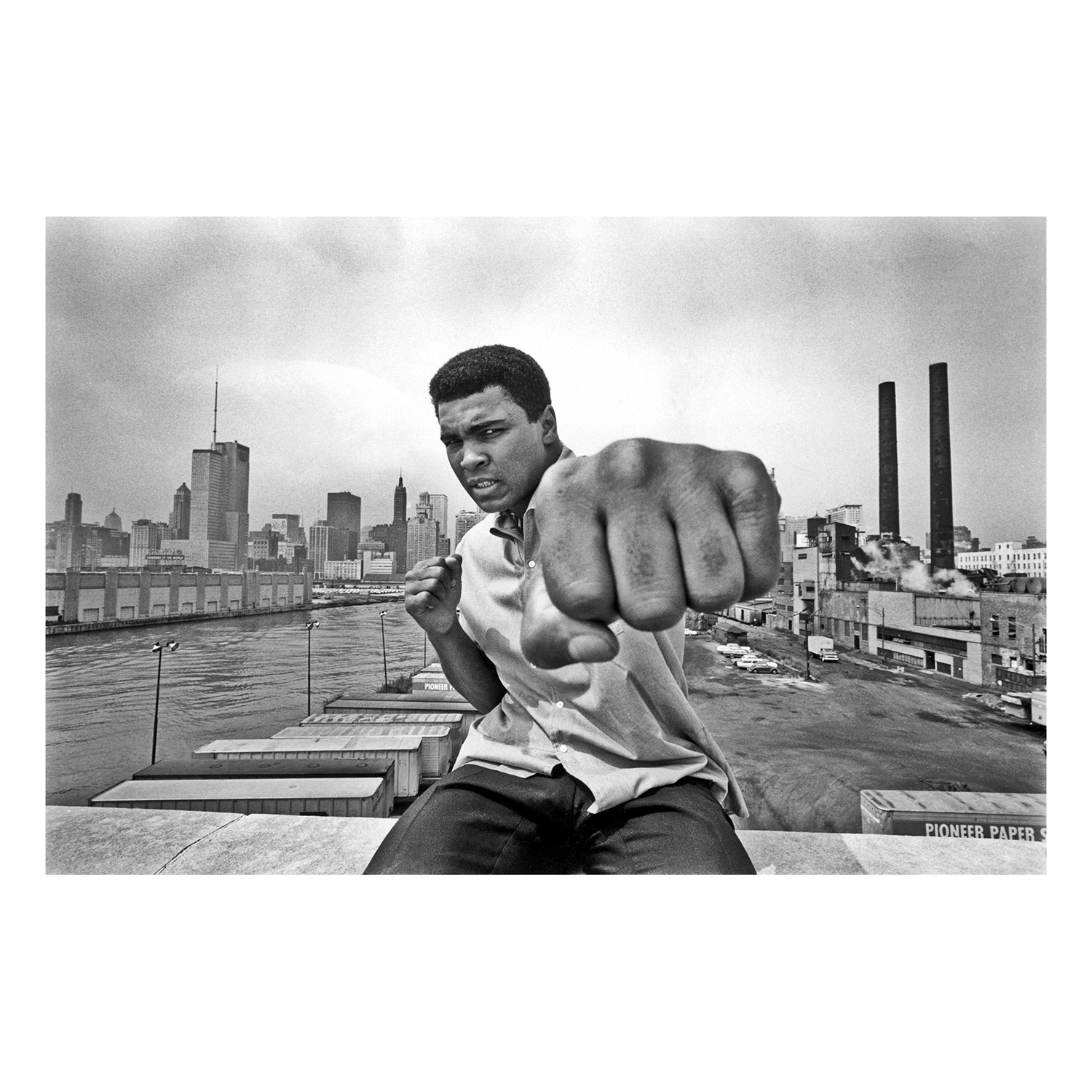
Each year, the same ritual takes place at Magnum Photos: the agency’s photographers lock themselves in a room for three days to discuss and define its business model and strategy. For the collective, these annual meetings are also an opportunity to connect its award-winning photographers with their audiences through revenue-generating workshops, panel discussions and exhibitions.
This year, however, Magnum is looking to appeal to another and much bigger audience: the million of virtual fans it has amassed on Facebook, Twitter and Instagram.
During a 67-hour window leading up to its 67th annual general meeting, the collective will be selling 6″x6″prints published on the Magnum Photos Instagram feed. “Any image with the hashtag #AGMSquares will be available for purchase for $100,” says the agency.
The line-up of photographers participating in this sale event is impressive. Elliot Erwitt, Rene Burri, David Alan Harvey, Trent Park, Susan Meiselas and Bruce Davidson have all signed up, alongside 35 of their colleagues.
The concept, of course, isn’t new. Earlier this year, photographers Daniel Arnold and Aaron Huey both organized their own print sales using Instagram – to unexpected results. In March, Arnold, a star on the photo-sharing platform, made $15,000 in just one day, closely followed by National Geographic photographer Huey, who raked in $10,000 the following month.
March 21, 2014. By Daniel Arnold.
“People had been expressing interest in buying prints for a long time, so I knew it wouldn’t be a total dried-up flop,” Arnold tells TIME. “But I definitely didn’t anticipate that it would go as well as it did.”
For the past three years, Instagram has offered professional photographers a new platform to reach audiences directly, cutting out magazines and newspapers as middlemen. Yet, beyond a few commissions secured thanks to the size of their followings, these photographers have struggled to benefit financially from their online successes. “I think some in the professional world are very reluctant to take Instagram seriously, and I don’t blame them,” says Arnold. “It took me a long time to understand that I was doing something worthwhile on there, or that something worthwhile could be done. I think there’s an off-putting complicatedness about it, especially to a professional who is accustomed to offering a seamless, automated experience. It’s a classic scenario where being a startup, low-rent punk gives you intuition, energy and leniency that can’t exist in a more established world.”
The established photography players have taken note. Earlier this month, the VII Photo Agency offered seven prints from seven of its photographers at the same price point of $100. And now it’s Magnum’s time to test that strategy. “The agency has almost 700,000 likes on Facebook, almost 600,000 followers on Twitter and almost 75,000 followers on Instagram,” says Gideon Jacobs, Magnum’s Creative Director in New York. “The social image making and image sharing revolution seems to have increased visual fluency around the globe and, in turn, increased interest in photographs that possess depth, photographs that strike a glancing blow at some kind of ambitious target.”
Tuva, Siberia. By Aaron Huey.
Whether that translates in actual print sales for Magnum remains to be seen, but Huey welcomes the agency’s move. “It’s a no-brainer to try to sell images to your audience, especially when that audience reaches into the six-figure range,” he tells TIME. “Discussions about using this outlet to sell pictures were going on long before Arnold or I had our sales. You sell where your audience is; that’s just common sense. For some reason it just took a while for people to pull the trigger. Now, it’s a free-for-all, and I don’t say that in a negative way. I think people are very lucky to have a Magnum or VII or Nat Geo print for $100. This is the first time people have been able to own prints of this caliber for so little.”
There’s no doubt that the photographic community will be watching closely how Magnum fares this week. “There’s something very personal about Instagram,” says Arnold. “It’s a direct communication, so it’ll be interesting to see what comes of a more mainstream approach. I hope it works out for all of us. What an exciting new marketplace that would be.”
Magnum Photos is an agency of documentary photographers, established in 1947. Its #MAGNUMSquare sale event takes place from June 17th at noon EST and runs for 67 hours. Follow the agency on Instagram @magnumphotos.
Daniel Arnold is a freelance photographer based in New York. Follow him on Instagram @arnold_daniel.
Aaron Huey is a National Geographic photographer. Follow him on Instagram @argonautphoto.
Olivier Laurent is the editor of TIME LightBox. Follow him on Twitter and Instagram @olivierclaurent.

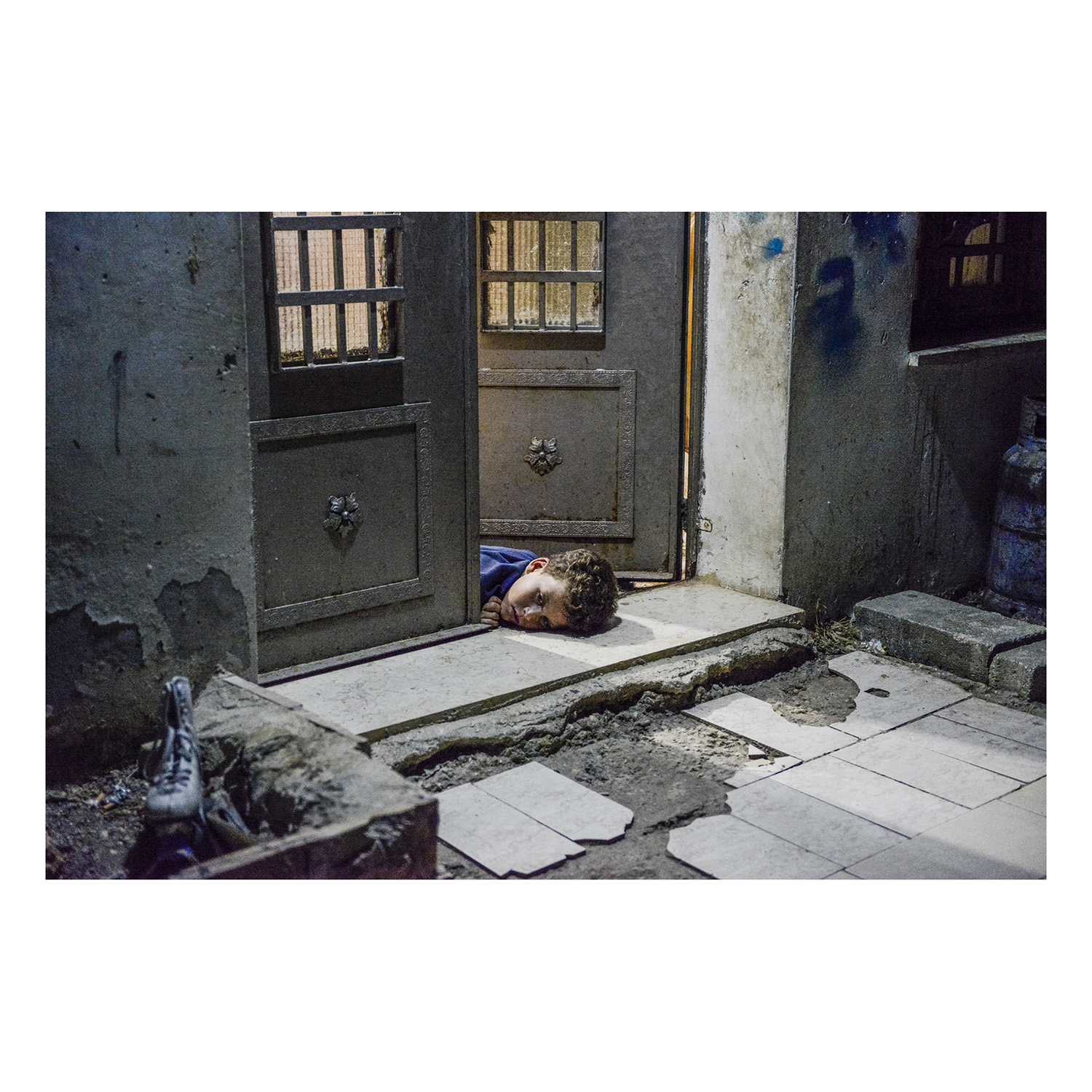
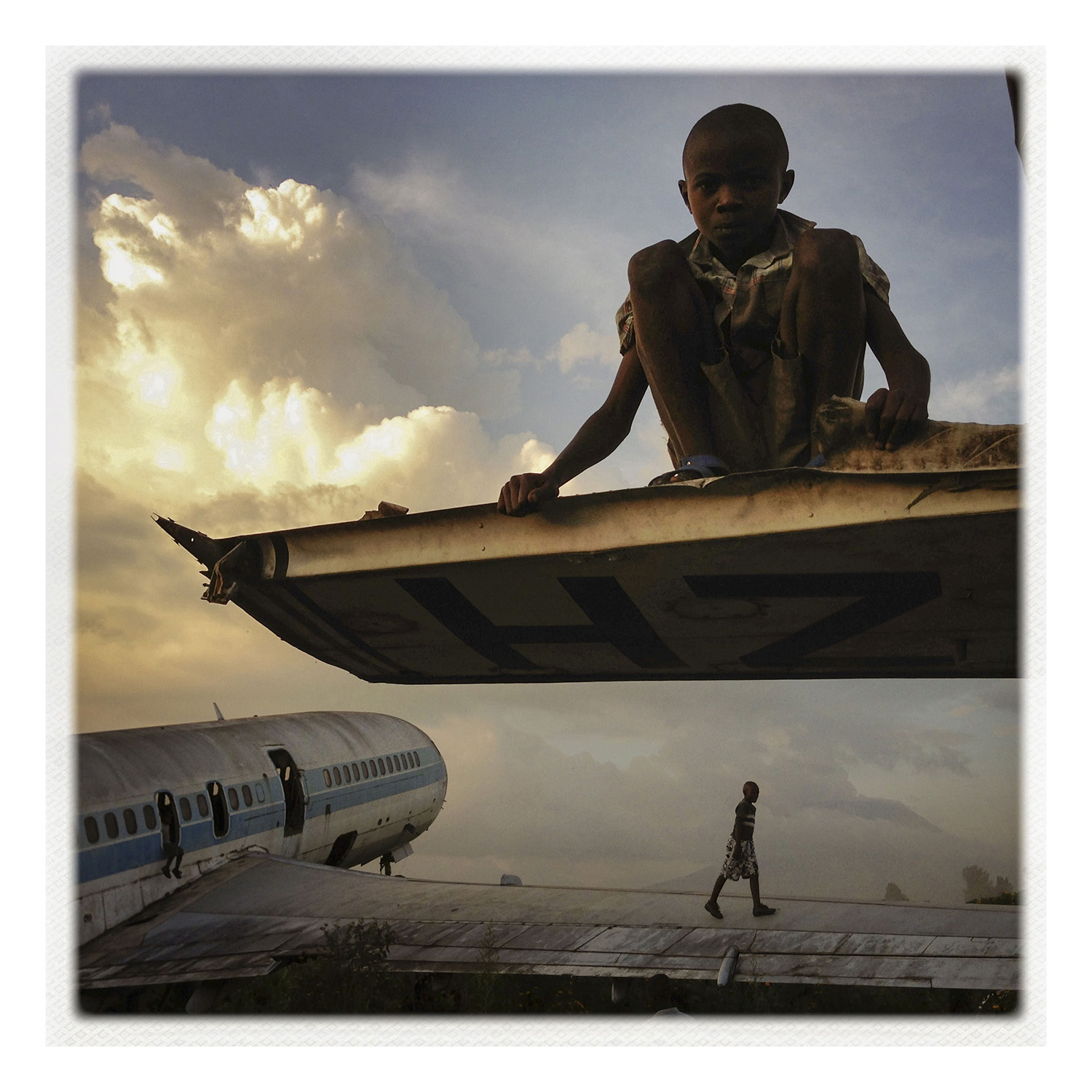


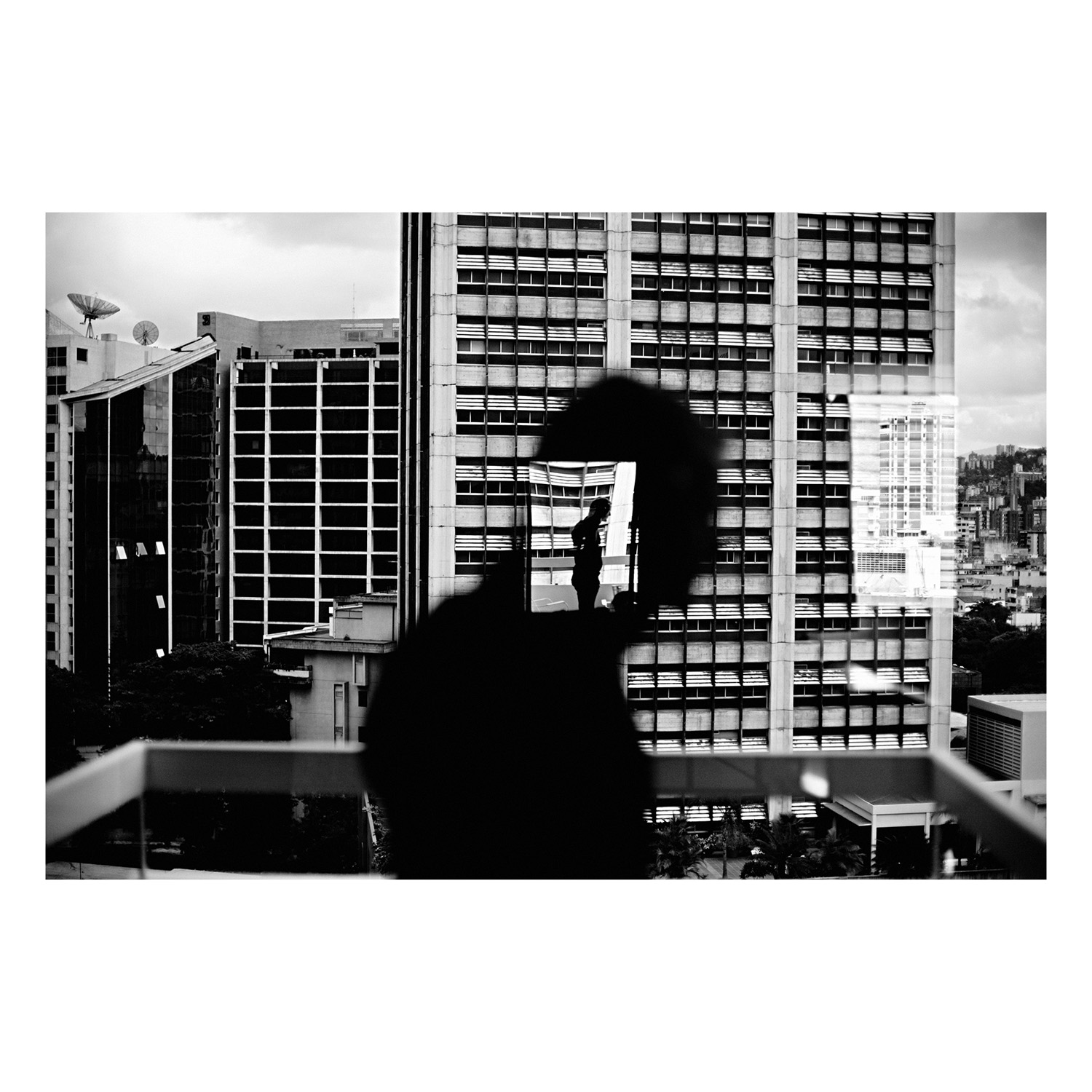
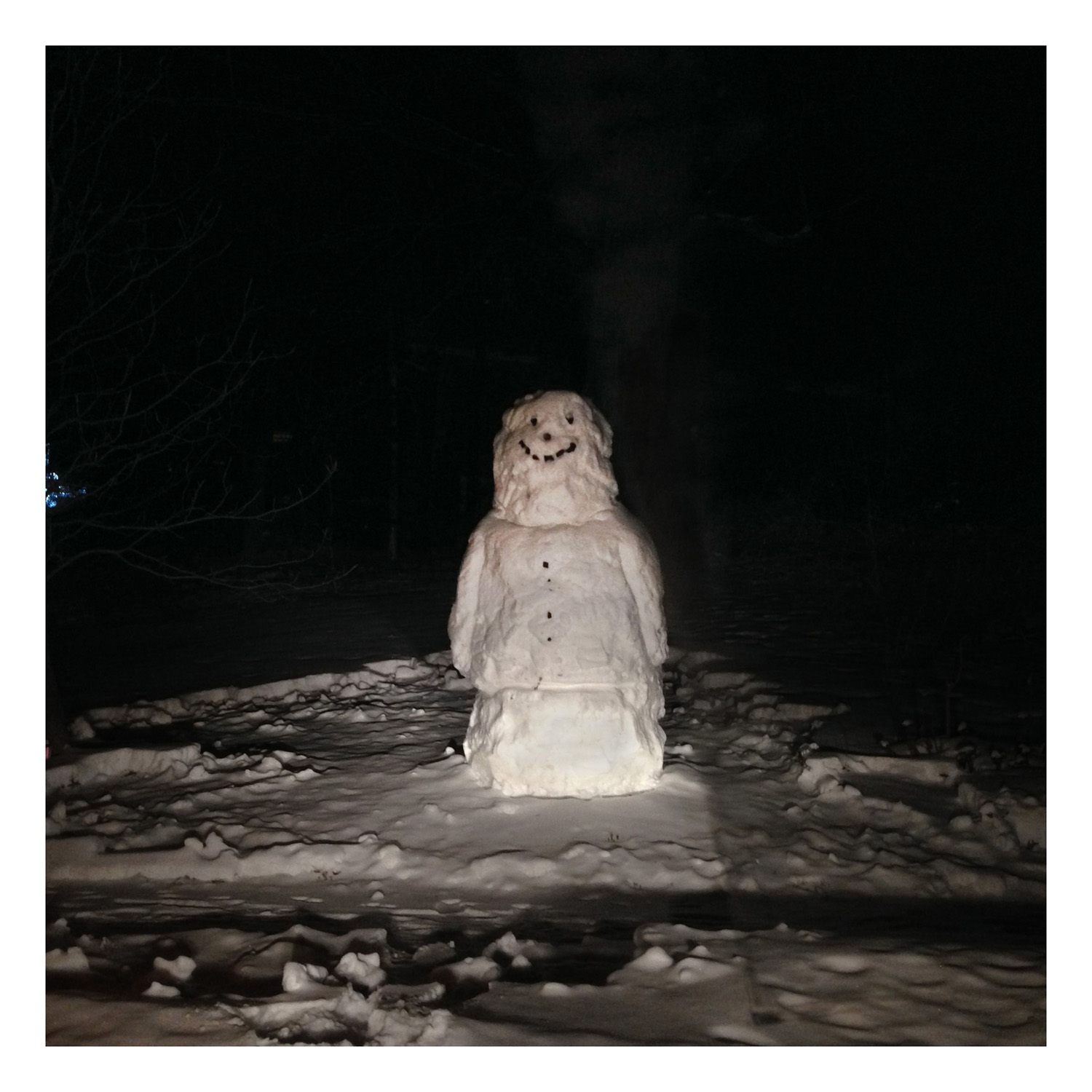
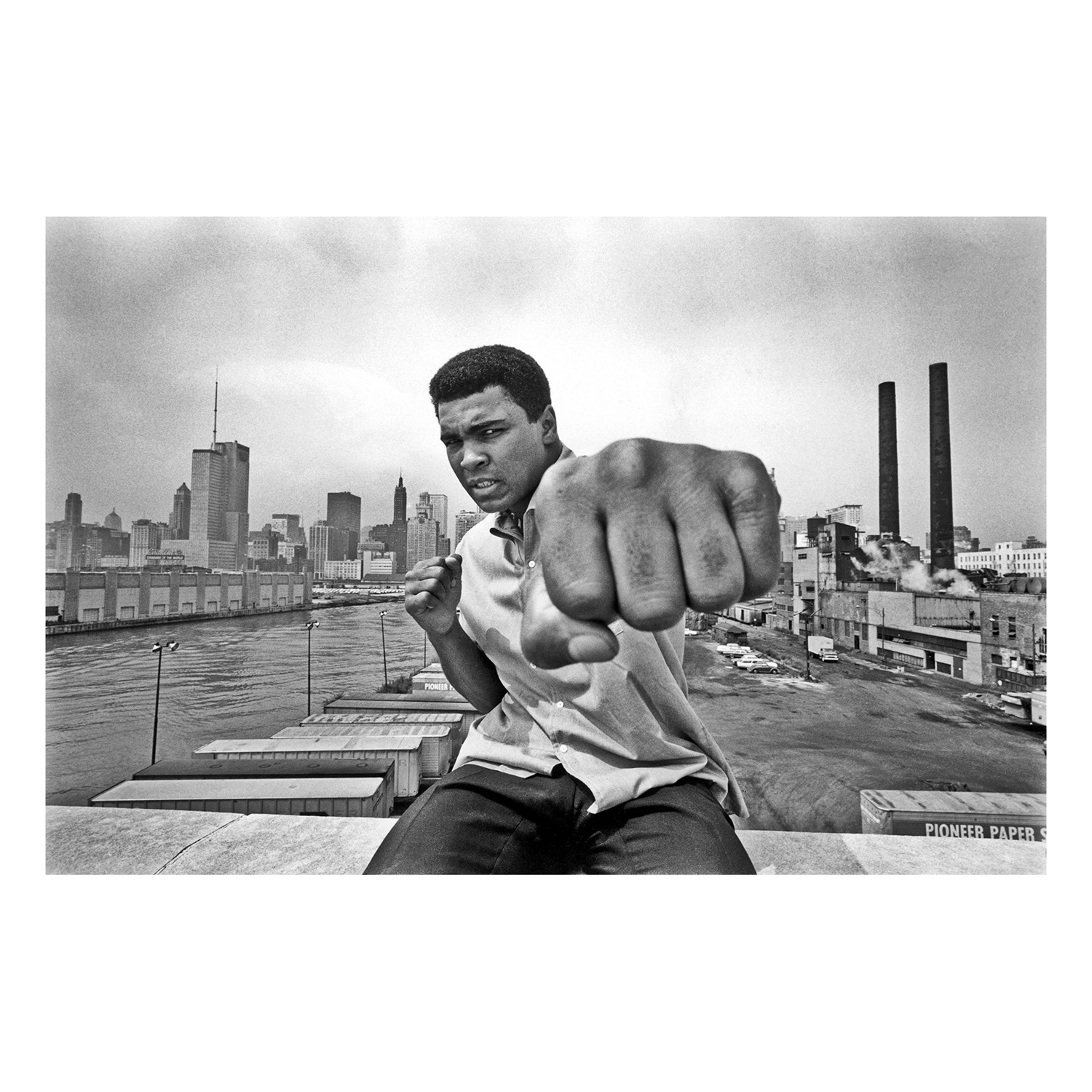

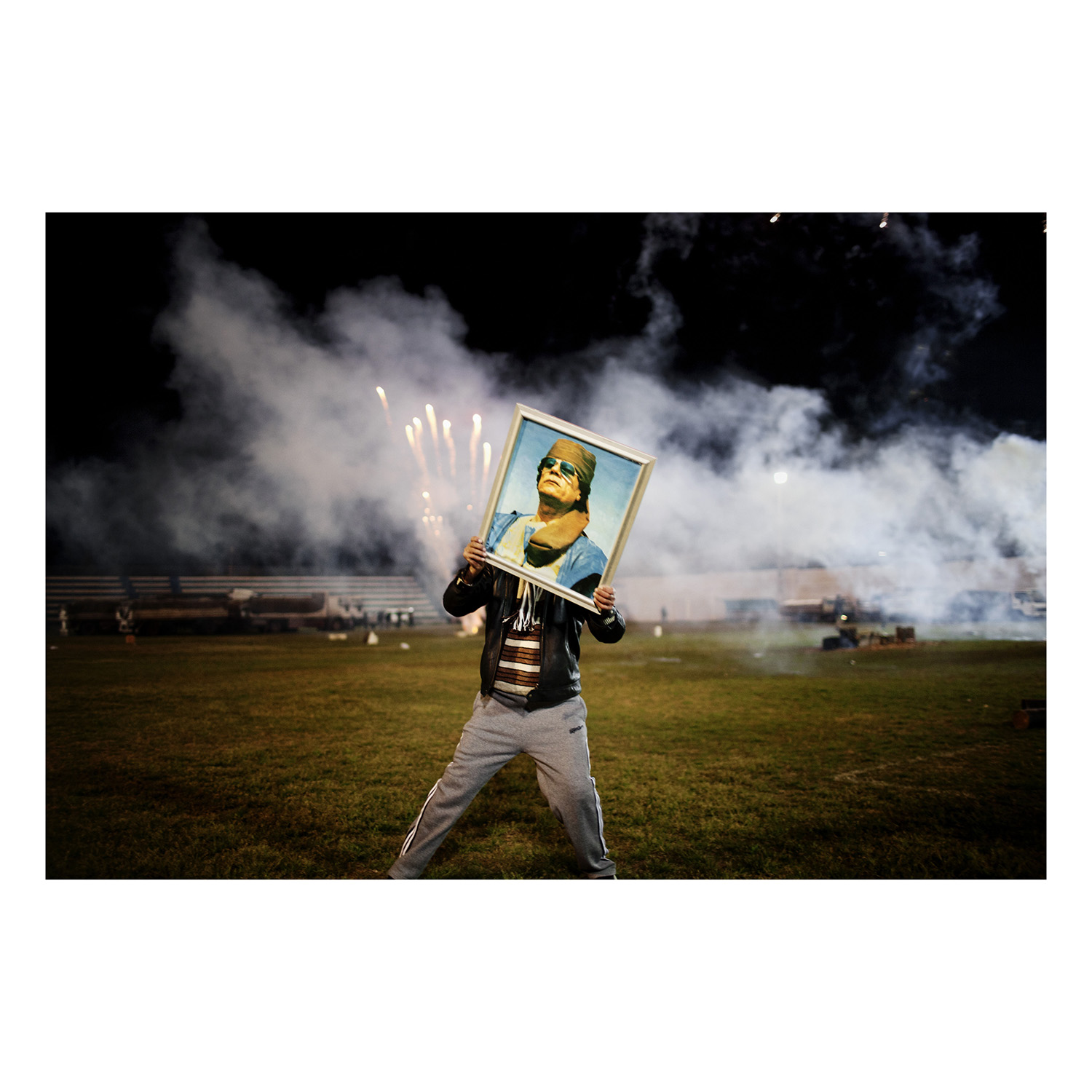


More Must-Reads from TIME
- Donald Trump Is TIME's 2024 Person of the Year
- Why We Chose Trump as Person of the Year
- Is Intermittent Fasting Good or Bad for You?
- The 100 Must-Read Books of 2024
- The 20 Best Christmas TV Episodes
- Column: If Optimism Feels Ridiculous Now, Try Hope
- The Future of Climate Action Is Trade Policy
- Merle Bombardieri Is Helping People Make the Baby Decision
Contact us at letters@time.com